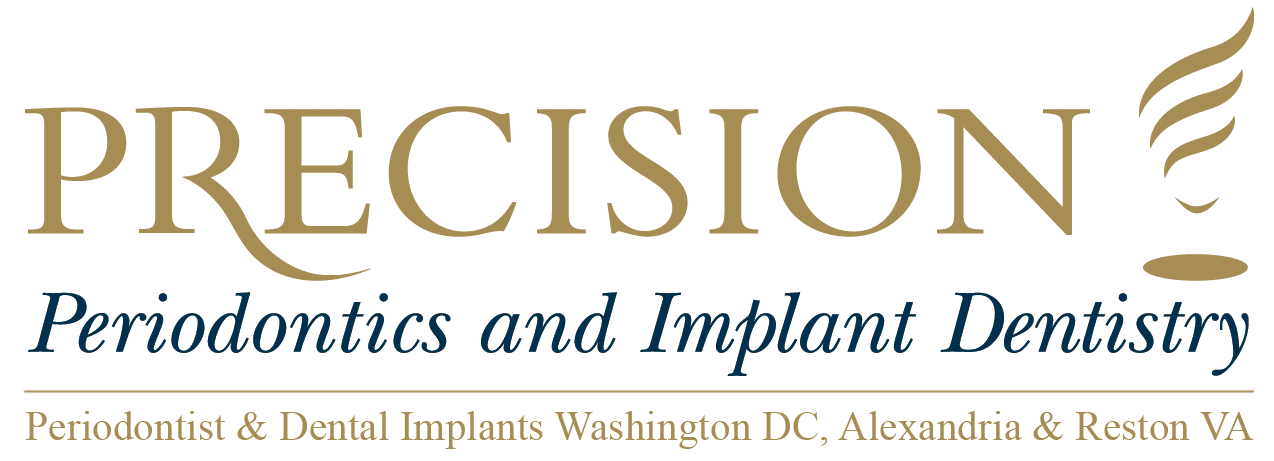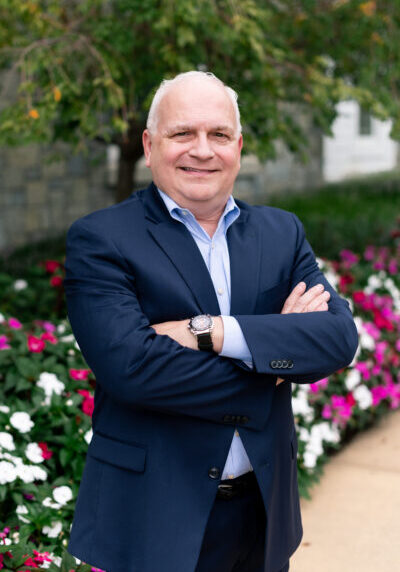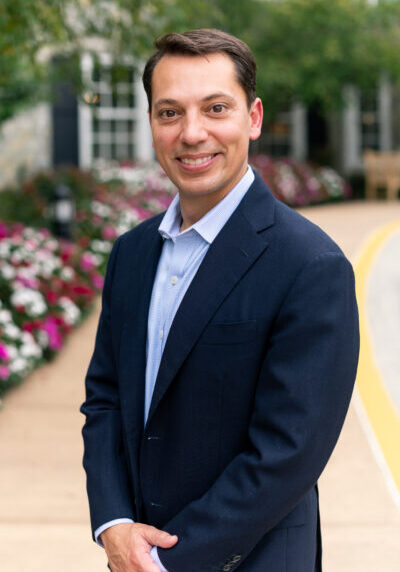Periodontology Anatomy - Mucogingival junction
The periodontium includes specialized tissues that serve two functions which include both surrounding and supporting the teeth in order to maintain them in the maxillary and mandibular bones. The word comes from the Greek terms peri-, meaning "around" and -odont, meaning "tooth". When taken literally, periodontium translates to "around the tooth". Periodontics is a dental specialty that focuses on the care and maintenance of these specific tissues. The specialty provides the support needed in order to maintain the function of the teeth. The practice consists of four principal areas which include the following:
- Gingiva
- Periodontal Ligament (PDL)
- Cementum
- Alveolar Bone Proper
The tissues located in the periodontium form together as an active group of tissues. The alveolar bone is surrounded by the subepithelial connective tissue of the gingiva. The connective tissue of the gingiva is then covered by the gingival epithelia. The cementum overlaying the tooth’s root, is attached to the adjacent cortical surface of the alveolar bone by the alveolar crest, horizontal and oblique fibers of the periodontal ligament.
A mucogingival junction is a feature which is found on the intraoral mucosa. The mucosa located on the cheeks and on the floor of the mouth are freely moveable and fragile. In contrast, the mucosa around the teeth and on the palate are more firm and keratinized. The location where these two types of tissue meet is called a mucogingival junction.
There are three mucogingival junctions inside the mouth: on the facial of the maxilla and on the facial and lingual of the mandible. The palatal gingiva of the maxilla is continuous with the tissue of the palate, which is bound down to the palatal bones. Because the palate does not contain any freely moveable alveolar mucosa, it does not contain a mucogingival junction.
Clinical importance
The mucogingival junction has a clinical importance because it is used to measure the width of attached gingiva. Attached gingiva is important because it is tightly bound to the underlying alveolar bone. It provides protection to the mucosa during functional use such as chewing. Without the attached gingiva, the freely moveable alveolar mucosa would experience trauma when eating and during routine cleaning activities like brushing the teeth.
The width of attached tissue is important as it provides a greater level of protection against any insults to the tissue. Using the mucogingival junction as the boundary that demarcates the apical border of the attached gingiva, a periodontal probe is inserted into the gingival sulcus and measures how much of the keratinized gingiva coronal to the mucogingival junction is attached to the underlying bone. The depth of the gingival sulcus, which is determined by the depth where the probe enters the sulcus, is not attached to the underlying bone, and is excluded from the total height of the keratinized tissue.
If the entire height of the keratinized gingiva, from the free gingival margin to the mucogingival junction is 8 mm, and the probing depth on the tooth at that particular location is 2 mm, the effective width of attached gingiva is 6 mm.
In the event that the probe enters the sulcus and can descend up to or go beyond the mucogingival junction, that area is classified as a mucogingival defect.





